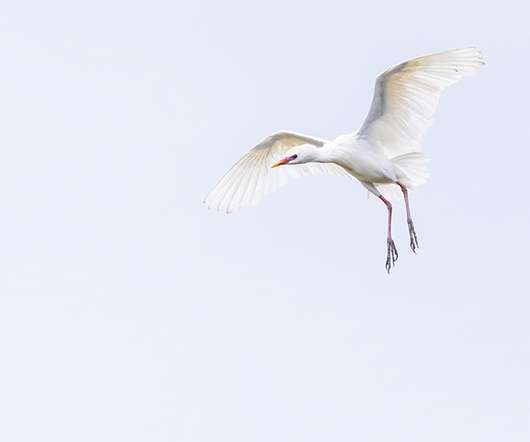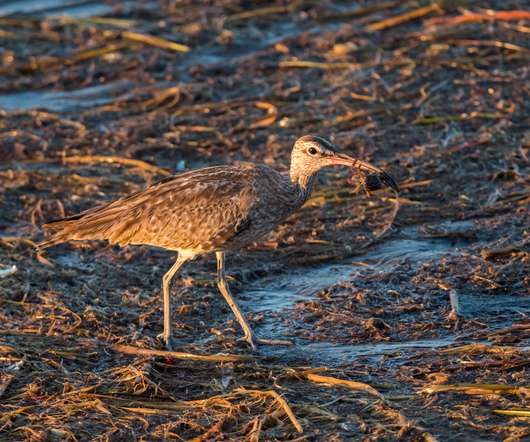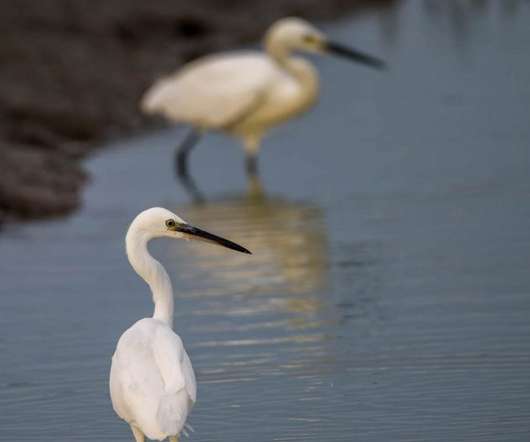The Change in Seasons
10,000 Birds
FEBRUARY 8, 2023
Bearing witness to the cyclical fluctuations of the seasons is a boon to the psyche on a level that tends to go unnoticed and unannounced. The first step in preparing for the breeding season is getting ready for courtship. The often overlooked Cattle Egret has legs that turn bright pink during this brief courtship period.













Let's personalize your content